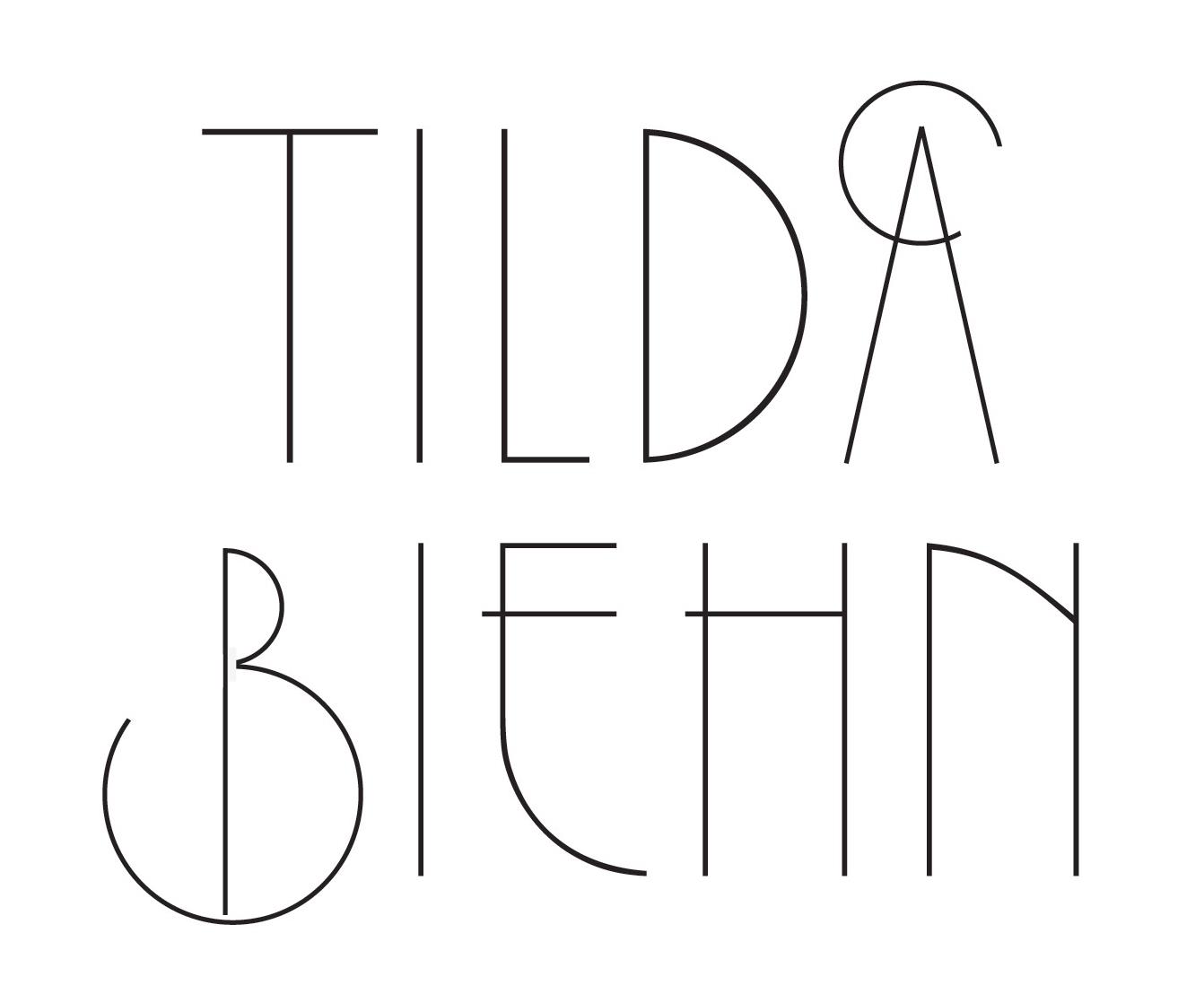On Cirrus and Stratus and Bove
I can’t help but see oversize jewels when I look at Carol Bove’s work.
Her work made me think about a design where my main role is the arrangement of parts, rather than a sculpting of the whole. So I set about looking for my own bits of material, to make something that felt poetic and unexpected. Baroque pearls, irregular salt and pepper diamonds, a length of chain, a cup that reflects unexpected views, a tiny piece of scaffold.
The key, though, are the pearls themselves. Their name alone is like an incantation. Baroque Keshi South Sea Pearls. They are a mistake, really. The explanation takes a moment. South Sea Pearls are famous for a reason. They are more lustrous, more subtly hued than any other pearl. They are made by an oversized species of mollusk, the Pinctada Maxima, which will grow a single pearl at a time in the waters of South East Asia and Northwestern Australia. When farmed, a single nucleus is placed inside the oyster to form a pearl. This is usually a small piece of shell, which yields consistent round pearls. Keshi pearls, however, grow without a nucleus. These pearls grow in wild, freeform shapes, not determined by any industrial process. The better they get at farming perfect round pearls, the rarer these “mistakes” become. And the more precious to me.
I see in these pearls little visions of nature, of cloud formations, of waves. I wanted to create a structure that would show them off, in all their strange glory.
Carol Bove, Cuneiforms 2011
Carol Bove, Ascelpius, 2013




